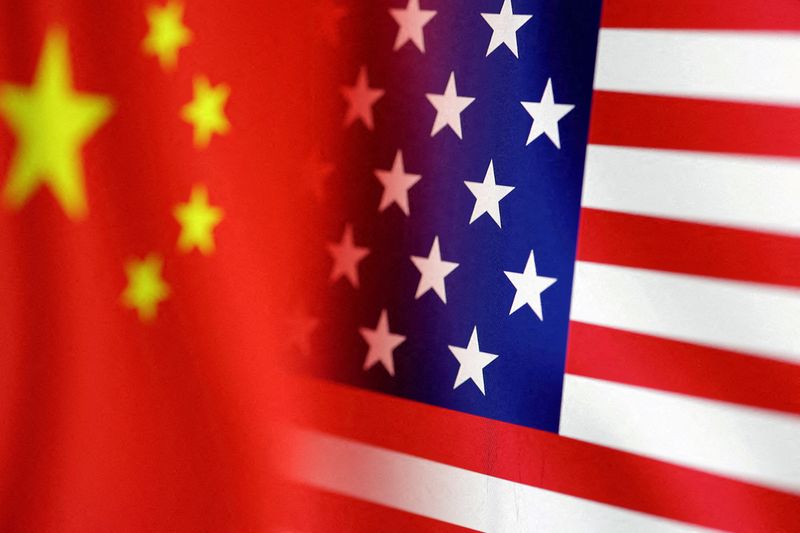Gold prices edge higher on raised Fed rate cut hopes
Investing.com -- Asian equities and U.S. stock futures slid lower on Friday as investors weighed the implications of a U.S. court ruling that challenged the legal basis for a significant portion of the Trump administration’s tariffs—but ultimately left them in place for now.
The U.S. Court of International Trade ruled on Wednesday that tariffs imposed under the International Emergency Economic Powers Act (IEEPA) were unlawful. However, that decision was quickly met with a temporary stay by a federal appeals court, pending further review.
According to UBS, the stay “does not imply that the court will ultimately grant the stay pending appeal,” but it does pause enforcement of the initial ruling.
All existing tariffs remain active, and the legal battle could continue for months, potentially reaching the Supreme Court. The initial ruling covered tariffs on goods from China, Canada, and Mexico, as well as a baseline 10% tariff and additional levies on countries with trade surpluses.
However, tariffs on autos, steel, and aluminum were unaffected, as they fall under Section 232 of the Trade Expansion Act of 1962.
UBS strategists believe that tariff policy is unlikely to vanish from the agenda even if the current legal challenge succeeds.
“Tariffs remain an important focus for the U.S. administration,” strategists led by Mark Haefele said, pointing out that the White House has been preparing new levies under Section 232, targeting strategic sectors like pharmaceuticals, semiconductors, and critical minerals.
The strategists also warned that the Trump administration could revive parts of its tariff strategy through other channels, such as Sections 201, 301, or 122 of the Trade Act of 1974. While these tools are more limited in scope or duration, they could still enable targeted trade actions.
“The court’s decision makes the imposition of tariffs more complex and may harm Washington’s negotiating position in trade talks,” the team wrote.
However, they added that the administration still has room to implement “significant and wide-ranging tariffs over the longer term through other means.”
For investors, UBS expects continued market volatility amid trade and fiscal uncertainty but sees upside in U.S. equities over the next 12 months, forecasting the S&P 500 at 6,000 by year-end.
The bank advises phasing into equities, favoring sectors linked to AI innovation.
On the foreign exchange front, UBS downgraded its view on the U.S. dollar and suggests diversifying into other major currencies.
Gold remains a preferred hedge against political risks, with a target of $3,500/oz, and is seen as a valuable diversifier alongside alternatives like hedge funds.
